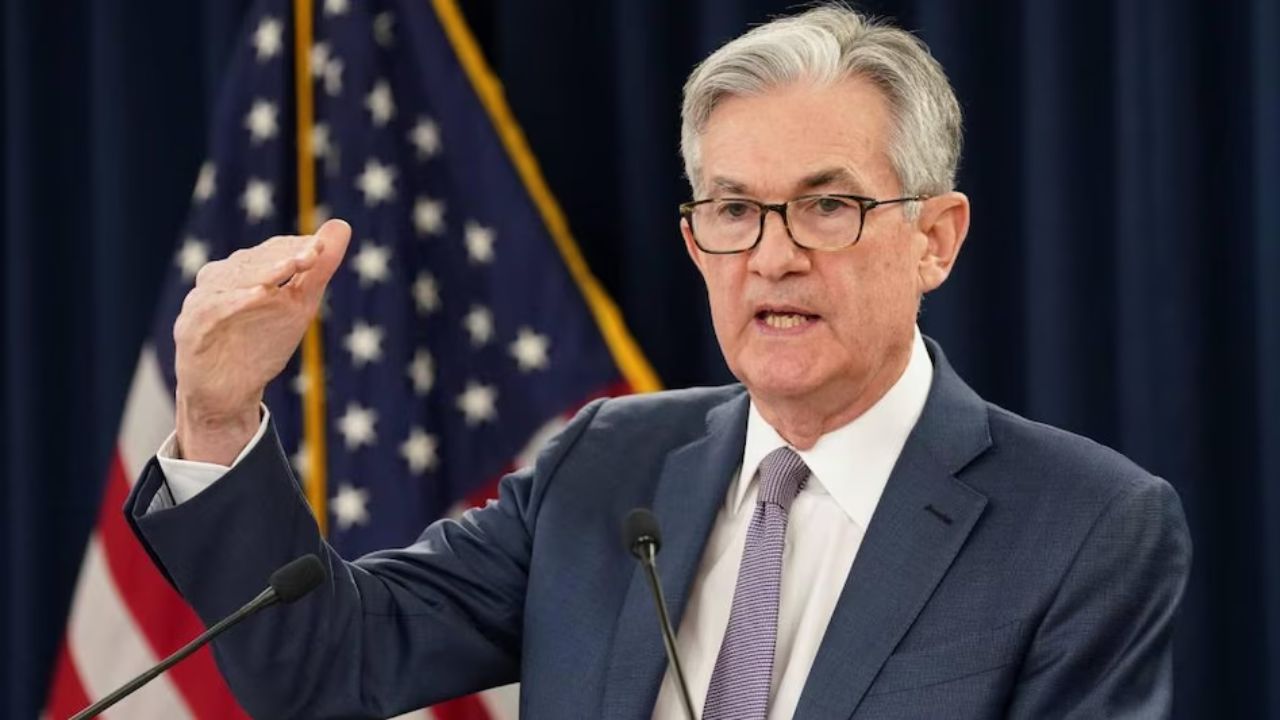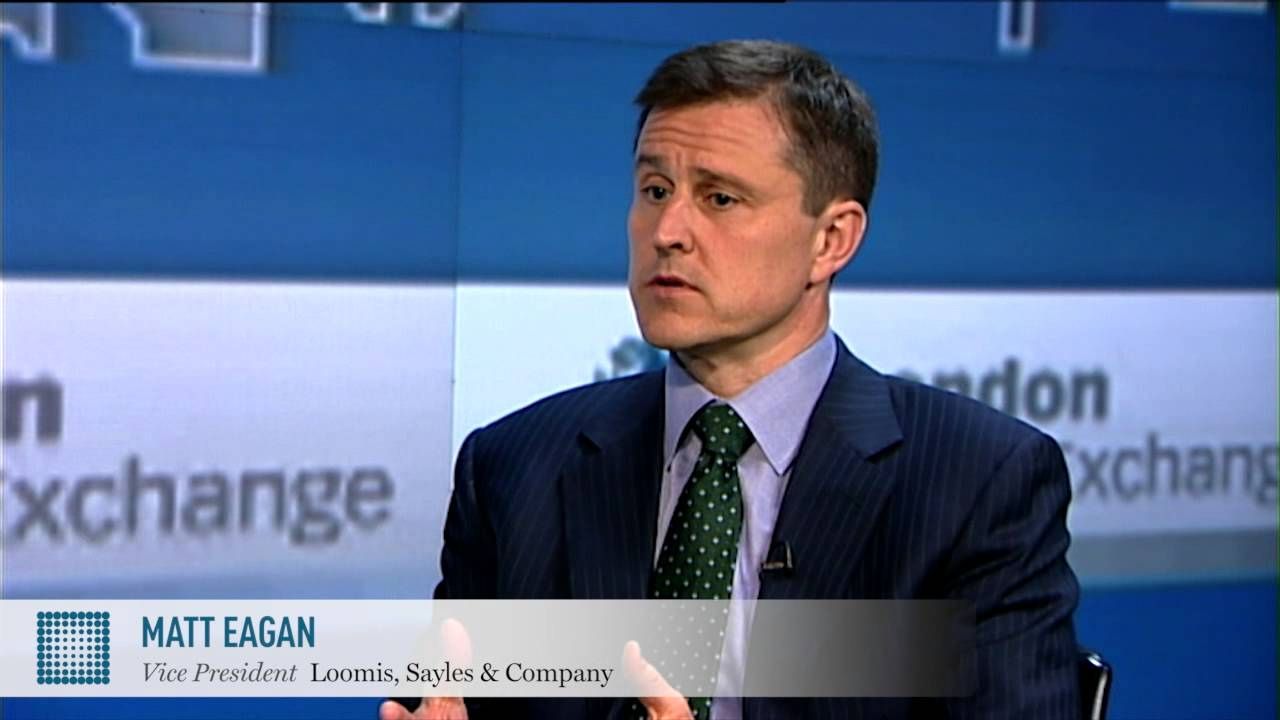As the U.S. Federal Reserve concludes its two-day meeting, market expectations lean towards a status quo on interest rates.
However, policymakers might exhibit heightened concern over persistent inflation, potentially signalling a more hawkish approach towards the timing and extent of any easing this year.
Strong economic growth coupled with stubborn inflation has prompted investors to recalibrate expectations, pushing back projections for the Fed’s first rate cut to June and moderating expectations for subsequent cuts.
Traders keenly await the Fed’s updated economic projections and the “dot plot” graph illustrating policymakers’ interest rate forecasts.
Matt Eagan from Loomis, Sayles & Co. underscores the importance of scrutinizing whether the Fed maintains projections for three rate cuts this year or adopts a more cautious stance amidst evolving economic dynamics.

In December, the Fed pivoted to a more dovish stance on inflation expectations, anticipating a return to its 2% annual target.
However, recent inflation upticks prompt a cautious reassessment. Analysts speculate on the Fed’s stance as Chairman Powell emphasized the need for confidence in sustained inflation decline before considering rate cuts.
Balancing Growth Concerns and Financial Conditions
The Fed faces a delicate balance between addressing inflationary pressures and maintaining economic growth momentum.
An uptick in unemployment and reference to loose financial conditions could temper rate cut expectations, reflecting the Fed’s circumspection on growth.

Powell’s potential adoption of a more hawkish tone underscores concerns over soaring stock markets and corporate credit demand.
Potential Shifts in Quantitative Tightening (QT) Strategy
Additionally, the Fed may signal closer alignment with tapering its quantitative tightening (QT) program, aimed at reducing excess liquidity created during the pandemic.
Analysts anticipate insights into potential adjustments in the mix of bond purchases, with a focus on shorter-dated Treasuries to mitigate market impact while ensuring liquidity within the banking system.
Understanding the Fed’s approach to inflation, rate cuts, and QT strategy carries significant implications for market dynamics.
As policymakers go through evolving economic conditions, market participants closely monitor signals for insights into future monetary policy directions and their impact on liquidity and investment strategies.
